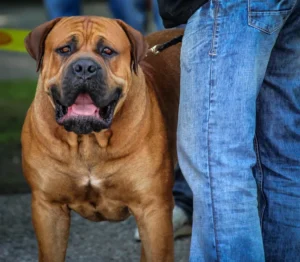
Clipping the wings of your bird may seem daunting at first, and requires patience and practice to master. Under unprofessional hands, wing clipping may become dangerously risky, leading to injuries to both bird and owner and possibly bleeding blood feathers, creating an emergency situation. But with careful handling and following directions properly, if done well you should be able to minimize risks while doing a good job of clipping!
After following these simple steps, it should be possible to safely clip your own bird’s wings at home without paying fees and visits to an avian veterinarian for the procedure. If you feel confident enough in yourself to tackle this task on your own, read on for instructions and advice that may assist in doing it yourself. Always keep safety as your top priority; if any uncertainty or anxiety arises during trimming attempts, or in general while doing it on your own – always stop midway and bring your bird directly to an avian vet instead1.
Fetch Your Bird First Aid Kit: While it’s best to minimize risk when clipping wings, accidents do happen – so better safe than sorry! Make sure that before beginning the task of clipping wings you have your bird first aid kit handy so if an unexpected emergency should arise you have quick access to medical supplies like flour or cornstarch which could stop bleeding events quickly.
Choose a Quiet Location: Selecting an appropriate place to clip your bird’s wings can help ensure they remain relaxed during the process. Try selecting somewhere free of sudden loud noises or the hustle-bustle of daily household life; taking them out of familiar environments such as their cage will reduce anxiety during their clipping, making a quiet room like a bedroom or bathroom ideal.
As needed: It may be beneficial to seek assistance when cutting your bird’s wings for the first time or until you feel confident enough to manage the procedure on your own. A friend or family member could help restrain your bird while you do the trimming – this reduces risks considerably and could save lives! 1 Most accidents resulting from improper restraint of birds while trimming; having someone helping is crucial while learning this craft.
Restrained your bird with a towel: “Towelling” your bird allows for safe wing clipping without risk of bites or scratches to you; and reduces any chances that your bird might jump, twist, or lunge away – making the entire process far safer for all involved!
Clip only primary flight feathers: Everyone has different methods for clipping wings, but generally speaking, one of the most accepted and effective techniques involves only cutting the first three to five primary flight feathers from each of your bird’s wings. Start by trimming less and watching how your bird flies; if they appear to be performing as intended, trim away feathers step by step until you achieve your desired result. If you take too many feathers at once and your bird cannot land gracefully on the floor, its safety could be put at risk from accidental falls. Trim feathers at their middle length point and no higher. When trimming feathers, ensure that you use sharp scissors and avoid cutting into feather shafts that appear dark in color – this indicates blood feathers which could potentially cause serious problems if broken or cut.2 If an unexpected blood feather gets caught between blades, visit this link to find out how you can restore its integrity.
Recovery
Once you are finished clipping your bird’s wings, place it back inside its cage and give it some time to recover before any further interaction or interaction with its environment. Wing trims can be extremely stressful for pet birds so giving them time to recoup strength is essential to their wellbeing and proper recovery.
Re-trimming your bird’s wings may become necessary when she returns to full flight, generally around six months to one year as old feathers molt away and new ones grow in.3 Be mindful to prioritize safety first when clipping wings so both you and your bird will continue enjoying many joyful years together.





